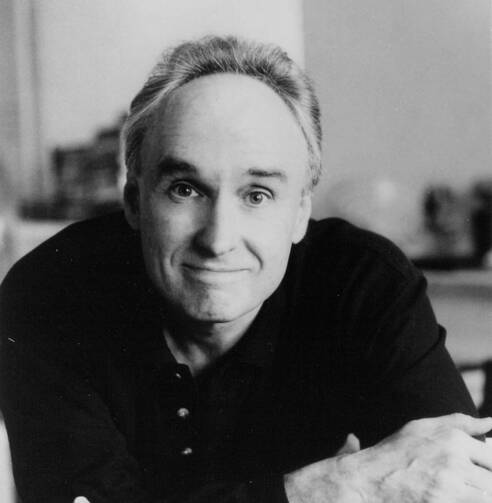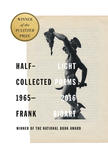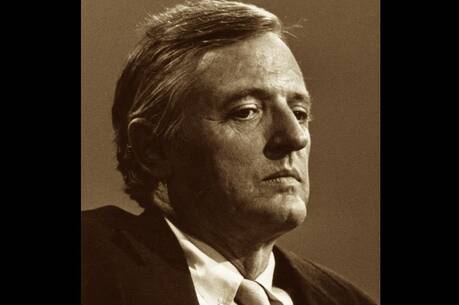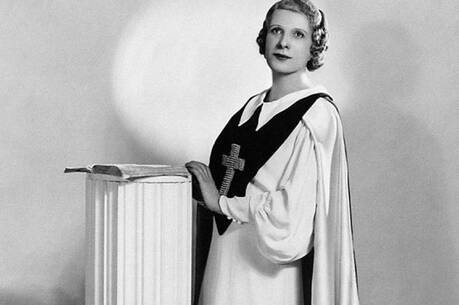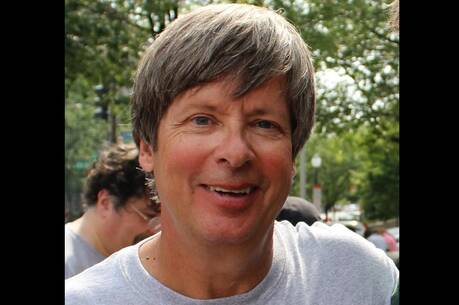Review: The truth-telling poems of Frank Bidart
Half-Light: Collected Poems 1965–2016 gathers in a single volume of 700-plus pages the poems Frank Bidart has written (often in blood) over the past half-century. Here are Bidart’s previous eight volumes plus a new sequence, called, simply, Thirst. All of which can be said to be about the self or—in Yeats’s sense—the anti-self refracted through the transfigurative lenses of history and myth.
Half-Light gives us a window into the gay poet who grew up in the cowboy country of Bakersfield, Calif., the only child of parents who eventually divorced and never acknowledged their son’s sexuality. He didn’t “come out” until both parents were dead. Like Frank O’Hara, Bidart is fascinated by the movies he saw as a boy, the only seat of culture available in his town—movies starring Carmen Miranda, Douglas Fairbanks, Marilyn Monroe or Ava Gardner in the 1951 Pandora and the Flying Dutchman, and its obsession with love fulfilled (or not) only in death.
Then too there are the narratives that read as if Bidart’s flesh itself were sewn into them, as in his four Hours of the Night, based on the Egyptian god Seti I’s “Twelve Hours of the Night,” a sequence that will never see completion, any more than Pound’s Cantos or Williams’s Paterson.
Reading the poems of Frank Bidart is like reading the Marquis de Sade through the lens of Ignatius Loyola and John of the Cross (or vice versa).
Reading these poems is like reading the Marquis de Sade through the lens of Ignatius Loyola and John of the Cross (or vice versa). Here is a poem Bidart wrote at the age of 73, called, quite simply, “Queer.” “Lie to yourself about this and you will/ forever lie about everything,” he writes.
Bidart tells us he could never hope to find himself except in his poems, and then not even finally there. There’s something in these poems which bears out his claim. He knows poetry, knows it incredibly well, and knows—cannily—how white spaces and capital letters and pauses in lineation capture—enflesh—the heart itself. Sometimes his poems verge on a quiet hysteria in the shock of self-revelation. Then too there are the repetitions of phrases—lines or half lines—which he weaves into his poems over and over. Sometimes even in subsequent poems, he reminds us that his work—like Whitman’s, or Berlioz’s, say—is all part of the song of himself. If, he tells us, “you can create a structure that is large enough or strong enough, anything can retain its own identity and find its place” in the poem, including long prose passages.
Back in the 1970s a young Bidart transcribed and edited Robert Lowell’s History Sonnets, and this immersion finds its way into Bidart’s poems. Then too there is Bidart’s need to get down on the page not only his own deep fear of rejection, abandonment and guilt, but the need to confess his love for others. One such work is his now un-coded poem for Joe Brainard, who died of AIDS 25 years ago, and which ends:
...the undecipherable
code unbroken even as the soul
learns once again the body it loves and hates is
made of earth, and will betray it.
*Correction: A previous version of this article misidentified the poet in question as Paul Bidart.
This article also appeared in print, under the headline “Tell Yourself the Truth,” in the March 18, 2019, issue.


